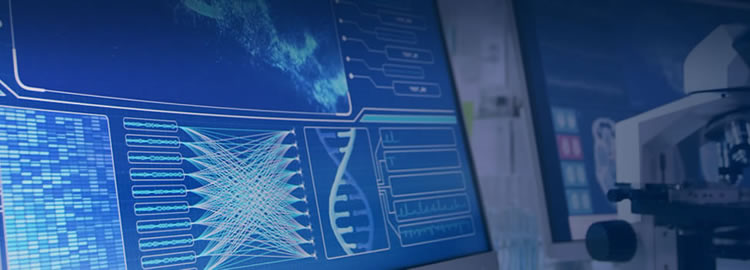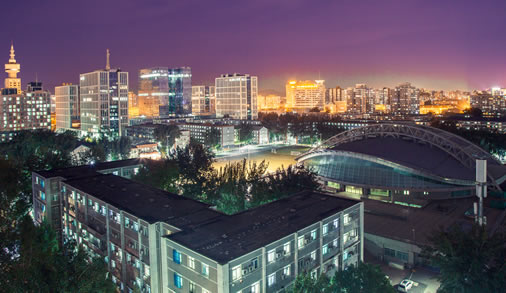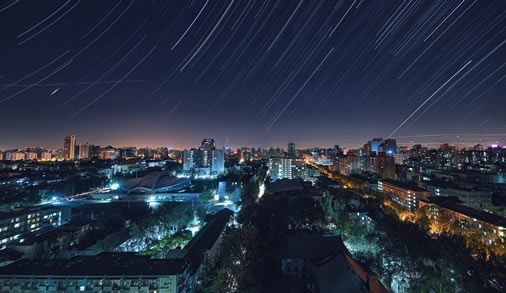

Updated: 2025-11-04

The intelligent photonics team at Beijing Institute of Technology (BIT) has recently made significant progress in researching quantum dot microdisplay applications. The team proposed a technical approach for full-color conversion Micro-QLEDs, offering a new perspective for solving challenges in microdisplays. The related research findings have been published in the journal Light: Science & Applications under the title Photolithographic fabrication of high-resolution Micro-QLEDs towards color-conversion microdisplay.
Micro-QLED technology is emerging as a promising solution for AR displays, crucial for developing the metaverse. Unlike traditional LCos and Micro-OLED technologies, which face limitations in contrast and brightness, Micro-QLEDs offer a wide range of brightness and easy full-color and high-resolution capabilities. This makes them strong contenders for the next generation of AR glasses. Simplifying the production process for high-resolution, full-color Micro-QLEDs are now a key focus to meet the demands of advanced AR applications.
BIT team has been engaging in quantum dot research for a long time and, since 2020, it has focused on QLED device analysis and quantum dot micro-display applications. In this study, they proposed a full-color conversion-type Micro-QLED technology pathway and developed a new process for fabricating Micro-QLEDs using a photolithographic template-assisted method. This process successfully produced monochromatic Micro-QLED devices with pixel sizes ranging from 2 to 20 μm.
The resolution of this technology is related to the resolution capabilities of commercial photolithography machines and photoresists. By using more advanced photolithography techniques, the resolution of full-color Micro-QLED micro-displays can be further enhanced to meet the demand for micro-displays with resolutions greater than 10,000 ppi.
In addition, the team has made a series of advancements in the development of QLED blue quantum dot materials (as reported in Nature Synthesis 2023, 2, 296-304; Nano Research 2024, 17, 7020–702; Nano Research 2025, 18, 94907267) and in the analysis of QLED devices (Nano Letters 2023, 23, 5738-5745;ACS Photonics, 2024, 11 , 2131-2137;J. Phys. Chem. Lett. 2023, 14, 1777–1783).














